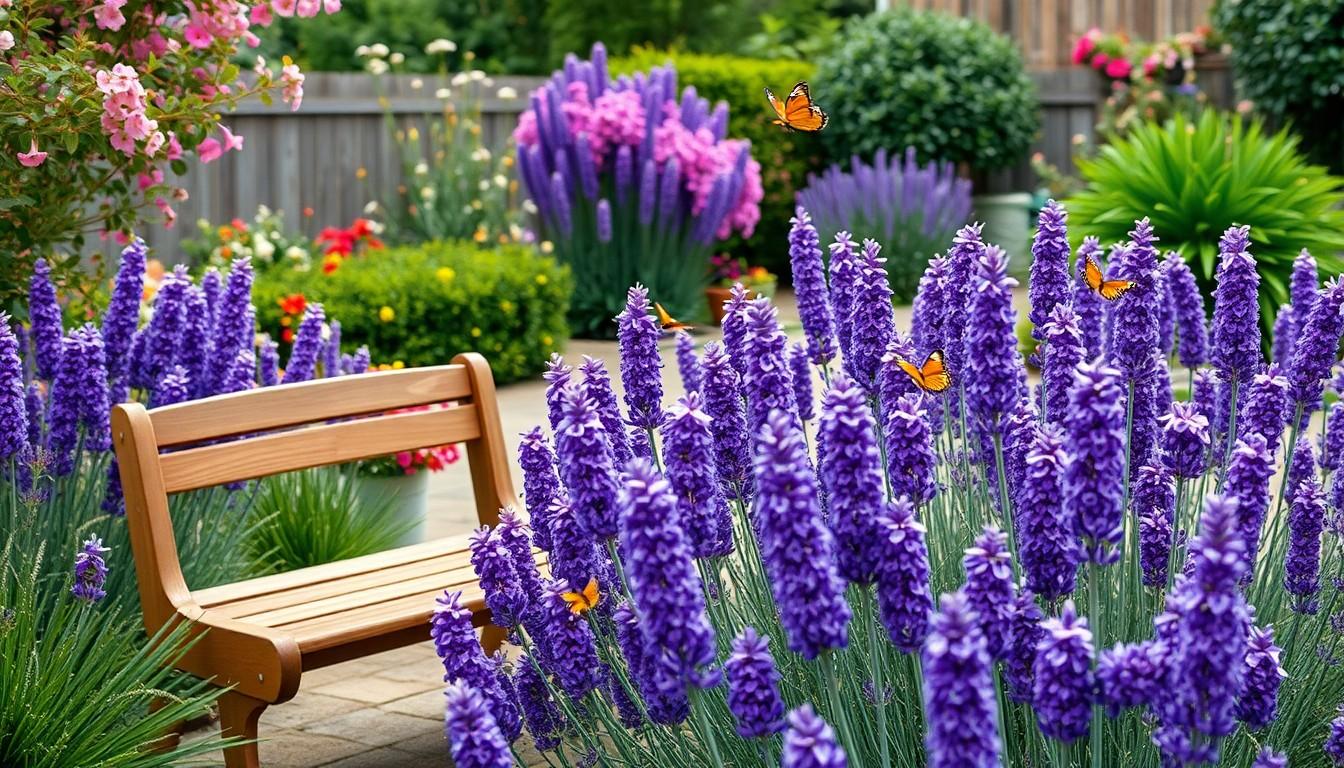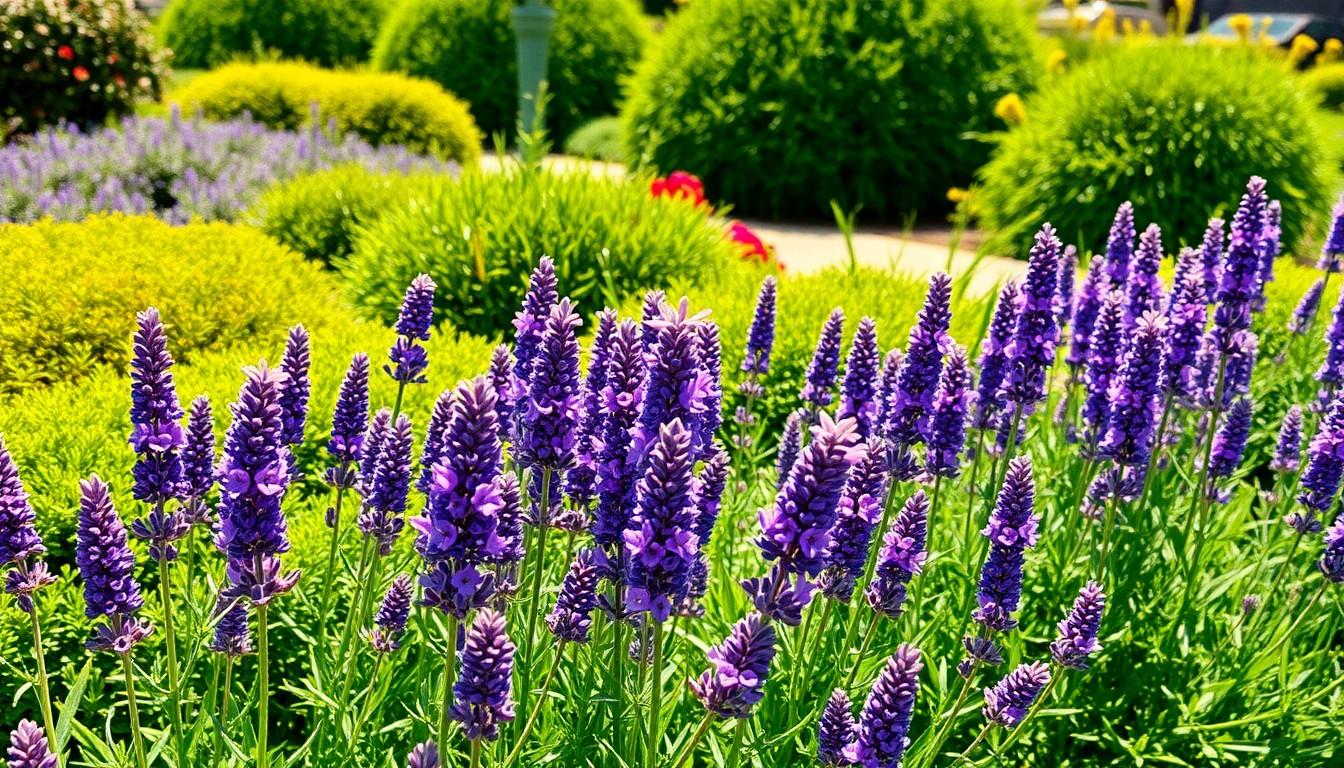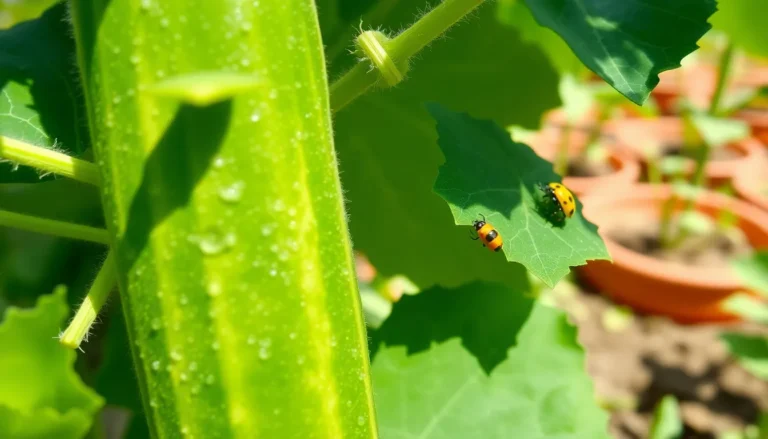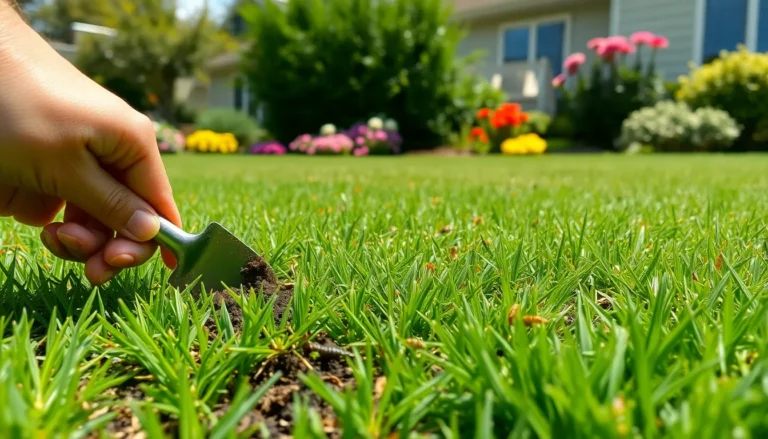
Lavender Landscaping: Transform Your Garden with Vibrant Beauty and Soothing Scents
Imagine stepping into your backyard and being greeted by the soothing scent of lavender wafting through the air. It’s like a mini vacation without the hassle of packing or airport security. Lavender landscaping not only brings a splash of vibrant color but also attracts pollinators, making your garden a buzzing hub of activity. Plus, who wouldn’t want to impress their neighbors with a garden that smells like a fancy spa?
Lavender Landscaping
Lavender landscaping offers a multitude of benefits for any garden. Its aromatic scent calms the senses, contributing to a serene outdoor atmosphere. Vibrant purple blooms add a pop of color, enhancing visual appeal throughout the growing season. Pollinators such as bees and butterflies flock to lavender, supporting biodiversity in the garden.
A lavender garden invites neighbors to admire its beauty, creating a welcoming first impression. Additionally, its drought-resistant nature makes lavender a low-maintenance option for landscaping. An abundance of varieties, including English and French lavender, provides options for different preferences and growing conditions.
Planting lavender can transform a yard into a lovely retreat. When positioned near patios or walkways, the plant’s fragrance greets visitors and elevates outdoor gatherings. Lavender thrives in full sun and well-drained soil, which contributes to its popularity among gardeners.
Using lavender in landscaping creates a sense of cohesion with other herbs and flowers. Companion plants, such as rosemary and echinacea, complement lavender’s aesthetic and beneficial qualities. The versatility of lavender extends beyond aesthetics; it serves practical purposes in cooking and crafting.
Integrating lavender into landscaping designs adds both beauty and functionality, enriching the overall garden experience. By strategically placing lavender in the landscape, gardeners cultivate an inviting, vibrant environment that delights the senses.
Benefits of Lavender Landscaping

Lavender landscaping offers various advantages, enhancing not only the visual appeal of gardens but also contributing positively to the environment.
Aesthetic Appeal
Lavender creates a stunning visual impact with its vibrant purple blooms. The lush foliage adds texture, while its aromatic qualities enhance the overall garden experience. Planting lavender along walkways or near patios draws attention and invites relaxation. Different varieties like English and French lavender provide options for diverse color palettes. In addition to its beauty, lavender’s symmetry and neat growth habit promote a tidy landscape, making it suitable for formal and informal gardens alike. This versatility helps lavender stand out while effortlessly blending with other plants.
Environmental Advantages
Lavender landscaping supports local biodiversity by attracting essential pollinators such as bees and butterflies. These beneficial insects thrive on lavender flowers, promoting healthy ecosystems. Notably, lavender exhibits drought resistance, requiring less water once established, making it sustainable in dry climates. Its low-maintenance characteristics contribute to reduced resource usage, benefiting the environment. By repelling certain pests, lavender also reduces the need for chemical pesticides, creating a safer outdoor space. Overall, incorporating lavender can enhance both ecological health and garden productivity.
Types of Lavender for Landscaping
Lavender offers various types, each providing distinct features that enhance landscaping. A selection of these varieties includes English lavender, Spanish lavender, and French lavender.
English Lavender
English lavender features densely packed spikes of vivid purple flowers, popular among gardeners. This variety thrives in well-drained soil and full sunlight, showcasing resilience in diverse climates. Perennial in nature, it often attracts bees, adding to the garden’s liveliness. English lavender also stands out due to its versatility, fitting well in herb gardens or as border plants. Beyond aesthetics, its aromatic properties serve to repel pests naturally.
Spanish Lavender
Spanish lavender distinguishes itself with unique blooms resembling rabbit ears, presenting a charming appearance. This variety adapts effectively to warmer climates, thriving in sandy soils and enduring drought conditions. When utilized in landscaping, Spanish lavender provides excellent ground cover, enhancing areas with its lush growth. The scent offers a delightful experience, attracting beneficial insects and pollinators. Gardeners appreciate its longevity and ability to bring vibrant colors to any outdoor space.
French Lavender
French lavender displays elongated flower spikes and often blooms later than other varieties, providing extended beauty in the garden. This type enjoys sunny exposure and well-drained soils, fostering healthy growth. Beyond its striking appearance, French lavender emits a sweet fragrance, enhancing outdoor gatherings. Use it effectively as an ornamental plant or in culinary settings, enhancing dishes with its unique flavor. Its striking color contrasts beautifully with other plants, enriching any landscape design.
Creating a Lavender Landscape
Lavender landscaping transforms outdoor spaces into serene retreats with vibrant colors and pleasant aromas. Various design elements can enhance the beauty and functionality of the garden.
Design Ideas and Layout
Incorporating lavender into the landscape works well in flower beds and borders. Create a flowing pattern with different lavender types to add depth. Grouping lavender plants together leads to beautiful color contrasts with companion plants like echinacea and rosemary. Pathways lined with lavender guide visitors through the garden while providing a delightful fragrance. For a more structured look, arrange lavender in neat rows or squares, allowing for easy maintenance. Using raised beds or containers also adds versatility, making the lavender easy to manage while offering a distinct visual appeal.
Planting Tips and Care
Prioritize planting lavender in well-draining soil to prevent root rot. A sunny location ensures healthy growth, as lavender thrives in full sun. Water young plants regularly until established; thereafter, limit watering to avoid excess moisture. Organic mulch helps retain soil moisture and suppress weeds around the plants. Pruning lavender annually promotes bushy growth and prevents woody stems. Fertilizing sparingly supports lavender’s low-maintenance nature, ensuring it flourishes with minimal intervention. Regularly check for pests such as aphids and address them quickly to maintain a healthy garden environment.
Lavender landscaping transforms outdoor spaces into serene retreats. Its vibrant hues and calming fragrance create an inviting atmosphere that enhances any garden. By attracting beneficial pollinators like bees and butterflies, lavender supports local ecosystems while offering a sustainable gardening option.
With its drought-resistant qualities and low-maintenance requirements, lavender proves to be a practical choice for gardeners. The versatility of different lavender varieties allows for creative design possibilities, ensuring that each landscape can reflect personal style. Whether used in borders or as standalone features, lavender enriches the backyard experience, making it a delightful addition to any home.



